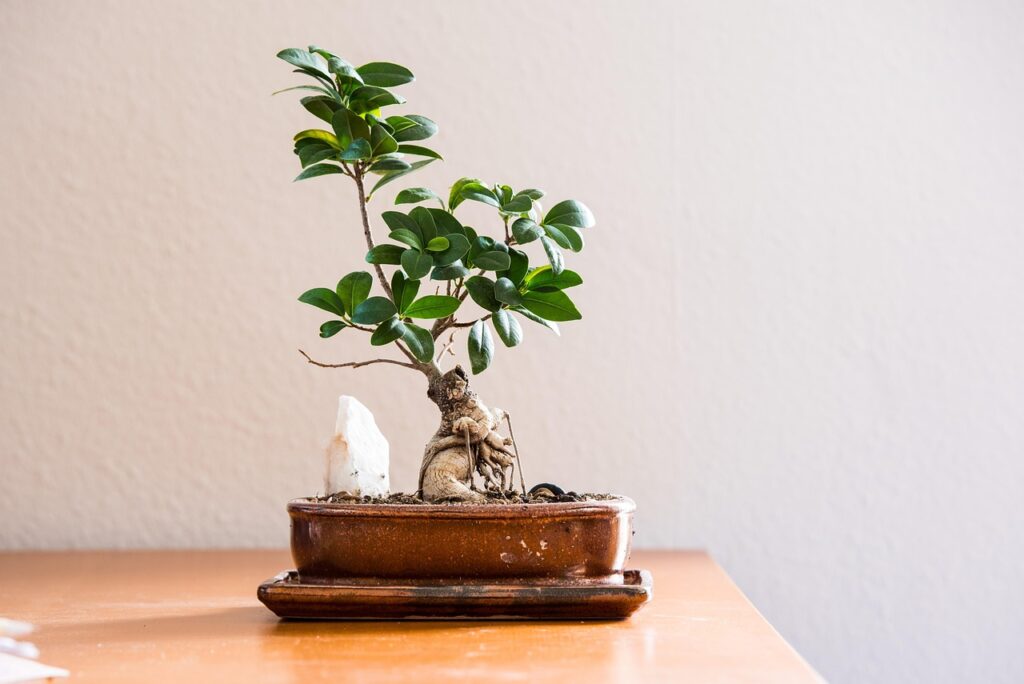Many people want to enjoy the benefits of indoor plants without spending too much time on care. Low maintenance indoor plants are ideal for those with busy schedules or beginners who want greenery with minimal effort. These plants generally require less water, light, and pruning compared to more demanding varieties.
The best low maintenance indoor plants thrive in moderate to low light and need watering only when the soil feels dry, making them perfect for almost any indoor environment. Choosing the right plant can make indoor gardening simple and rewarding without constant attention.
Whether someone wants to improve air quality or add a touch of nature to their home, low maintenance plants offer an easy solution. This guide explores some of the most resilient options and basic care tips to keep them healthy.
Best Low Maintenance Indoor Plants
Low maintenance indoor plants thrive with minimal water, light, and care, making them ideal for busy or novice plant owners. Some plants tolerate neglect better, while others add color or are safe around pets.
Top Choices for Beginners
Snake plants and pothos are excellent for beginners. Snake plants need watering only every 2-3 weeks and tolerate low light. Pothos adapts well to different light levels and requires watering when the soil is dry.
ZZ plants grow well in low light and need watering every few weeks. Spider plants can survive inconsistent watering and prefer indirect light. These plants are resilient, forgiving, and visually appealing, making them accessible for those new to indoor gardening.
| Plant | Light Requirement | Watering Frequency | Special Notes |
| Snake Plant | Low to bright | Every 2-3 weeks | Air purifying |
| Pothos | Low to medium | When soil dries | Fast-growing |
| ZZ Plant | Low to medium | Every 3 weeks | Drought tolerant |
| Spider Plant | Indirect light | Weekly or every 10 days | Easy propagation |
Easy Care Flowering Varieties
Peace lilies are popular flowering plants that tolerate low light and need watering about once a week. Their white blooms also help brighten rooms. Bromeliads require medium light and watering only in their central cup or soil lightly, usually every 1-2 weeks.
African violets prefer bright but indirect light and moderate watering. They bloom repeatedly indoors and remain compact, making them suitable for limited space. These flowering plants combine aesthetic value with low upkeep, great for adding color without high effort.
Pet-Friendly Options
Spider plants and Boston ferns are safe around cats and dogs. Spider plants are non-toxic and can tolerate occasional neglect. Boston ferns need regular misting and indirect light but pose no risk to pets.
Prayer plants also are pet-friendly and handle low to medium light. They need consistent moisture but are relatively easy to grow. Choosing these plants ensures indoor greenery without risking animal health.
| Plant | Pet Safety | Key Care Tips |
| Spider Plant | Non-toxic | Indirect light, weekly water |
| Boston Fern | Non-toxic | High humidity, indirect light |
| Prayer Plant | Non-toxic | Moist soil, low to medium light |
Essential Care Tips for Low Maintenance Plants
Low maintenance indoor plants thrive with straightforward care routines. Their needs focus mainly on proper watering, suitable light exposure, and the right soil and potting conditions to promote steady growth without frequent intervention.
Watering Guidelines
Most low maintenance plants prefer watering only when the top inch of soil feels dry. Overwatering is a common issue; it leads to root rot and weakens the plant. Using a moisture meter can help determine the right time to water.
Succulents and cacti require even less frequent watering, often once every two to three weeks. Tropical plants like snake plants tolerate occasional drought but need more water in warmer months.
Always water slowly and evenly to allow moisture to reach the roots. Avoid letting plants sit in standing water to prevent fungal problems.
Light Requirements
Low maintenance plants generally adapt well to indirect or medium light rather than direct sunlight. Direct sun can scorch leaves and stress the plant.
Good examples include pothos and ZZ plants, which do well in low to moderate light. Bright, indirect light near windows is ideal for most.
If natural light is insufficient, fluorescent bulbs or LED grow lights can supplement to keep the plants healthy. Keeping plants rotated occasionally ensures even light distribution on all sides.
Soil and Potting Recommendations
Use well-draining soil mixes tailored to the specific plant type. For succulents, cactus soil or sandy mixtures prevent excess moisture retention. For other houseplants, a peat-based or all-purpose potting mix works well.
Ensure pots have drainage holes to avoid water accumulation. If a plant becomes root-bound, repot during the growing season into a slightly larger container to encourage growth.
Adding a layer of small stones or broken pottery at the pot bottom can improve drainage further. Avoid heavy garden soil or compacted materials that hinder airflow and water flow.
